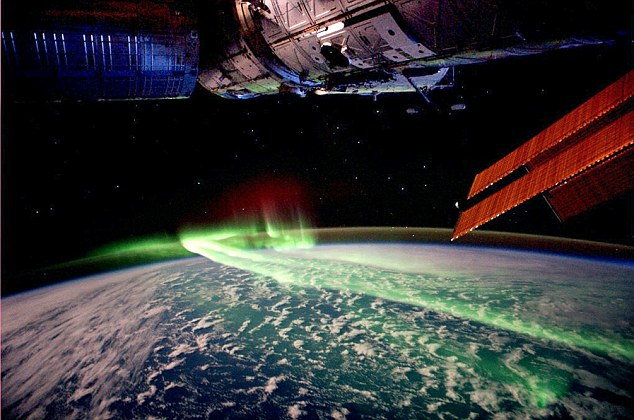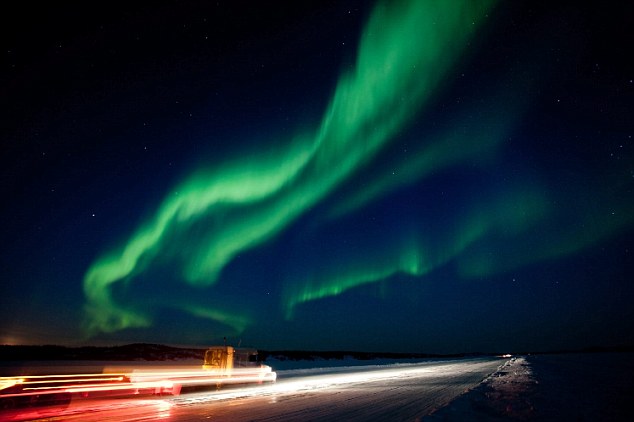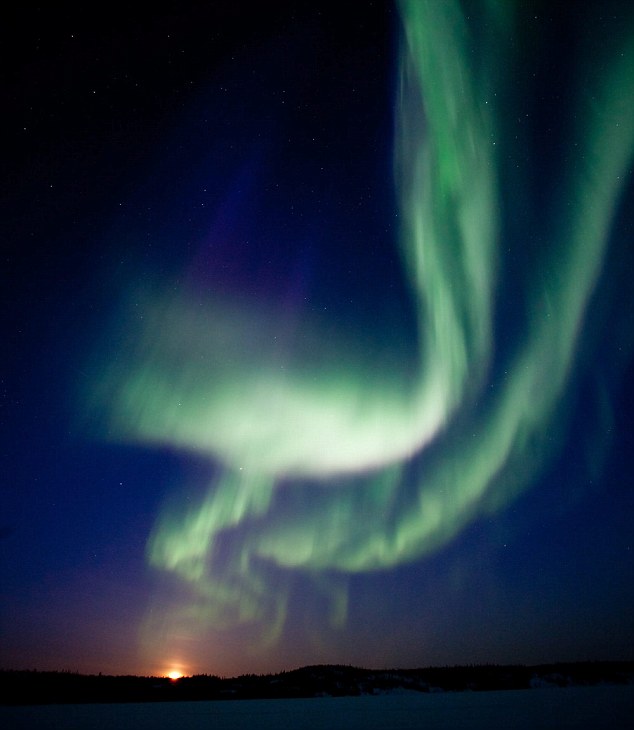
Monitoring 147.270/R and 145.670/S(FM/DV) and 442.750/DV in Toledo, Ohio
Space Weather
Most are aware of the northern lights
Here was a photo that Space station astronaut Andre Kuipers
captured from the
ISS (International Space Station) during the week of March
5, 2012, not showing
the northern, but rather souther hemisphere during a CME
(Coronal Mass Ejection)
from the sun.

He says the light show erupted in the sky between Australia
and Antarctica.
'Auroras are a spectacular sign that our planet is
electrically and magnetically
connected to the Sun. These light shows are provoked by
energy from the Sun and
fueled by electrically charged particles trapped in Earth's
magnetic field, or
magnetosphere,' says Nasa.
'Fast-moving electrons collide with Earth's upper
atmosphere, transferring
their energy to oxygen and nitrogen molecules and making
them chemically
'excited'.
As the gases return to their normal state, they emit small
bursts of energy in
the form of light.
Here are a couple of photographs taken from the ground (by
Unknown photographers).


'The color of light reflects the type of molecules releasing
it; oxygen
molecules and atoms tend to glow green, white or red, while
nitrogen tends to be
blue or purple.'
What does this mean for amateur radio? Why is it
important? Well, the CMEs that
the sun produces also affects radio waves. Sometimes
increasing skip, while other
times completely obliterating the bands with "poisonous"
X-Rays and other invisible
light and energy particles - which "eats" up the radio
waves.
You can get more information about "Space Weather" from
www.SpaceWeather.com
73
Zack - N8ZAK
Home | About Me | ARES | Blog | Calendar (Nets) | Equipment | Files/Software | My Interests | My Projects | Online Tools | Photos/Videos | Sound Bites | Contact
Copyright © 2008-2013 Zachary Burns - N8ZAK. All Rights Reserved. - Last Updated 3-15-2013.
